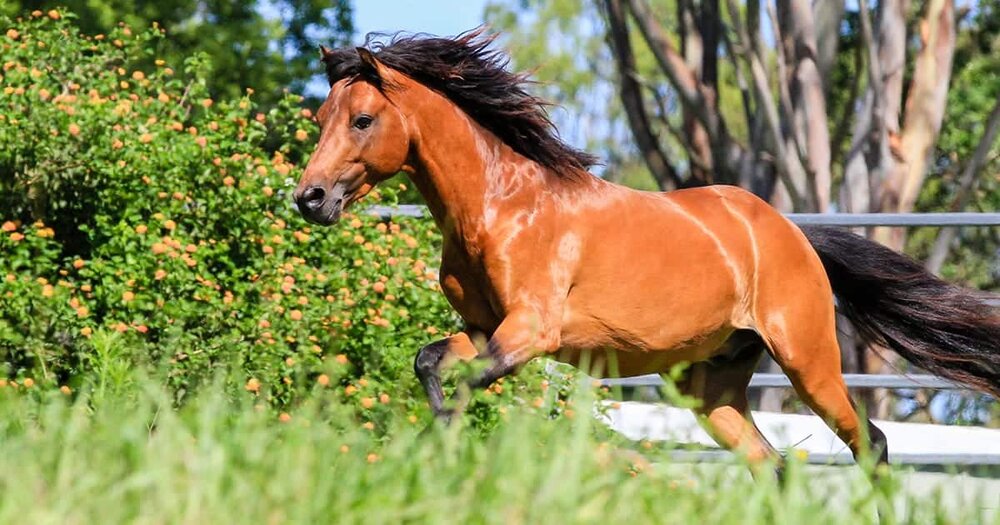Horse breeding in northern Iran to be listed as national heritage

TEHRAN – Gilan is preparing to apply to the ministry of tourism for listing the traditional way of breeding Caspian Horses, which is traditionally practiced across the northern Iranian province, in the Intangible Cultural Heritage.
Caspian Horses are one of the world’s unique species, and listing them as national heritage will help preserve and protect them, provincial tourism chief Vali Jahani said on Friday, IRNA reported.
The UNESCO-registered Persepolis in southern Iran depicts reliefs of this ancient horse, which is unique to the Gilan region and is over three thousand years of history, the official added.
“Remains of the animal have been found in archaeological excavations across the province,” he noted.
Moreover, one of the unique characteristics of this breed is its small size, which is known internationally as a Caspian horse, he mentioned.
Caspians are an ancient breed previously thought to be extinct for over a thousand years. Most likely, this breed is the direct ancestor of the Oriental breeds and subsequently of all light horse breeds.
Caspians are extremely rare and were barely saved from extinction in 1965. Archaeozoologists are now studying the area to prove the connection between the modern Caspian and the tiny prehistoric horse of Persia.
Generally, Caspian horses stand between 100 and 120 cm tall, although better feeding conditions outside of Iran may result in taller animals. Their head is short and fine with a vaulted forehead, large eyes, and short ears. The body is slim with a graceful neck, sloping shoulders, straight back, good withers, and a high-set tail.
Gilan is well-known for its rich Iron Age cemeteries such as Marlik that have been excavated over the past century. It was once within the sphere of influence of the successive Achaemenian, Seleucid, Parthian, and Sassanid empires that ruled Iran until the 7th century CE. The subsequent Arab conquest of Iran led to the rise of many local dynasties, and Gilan acquired an independent status that continued until 1567.
Sophisticated Rasht, capital of Gilan province, has long been a weekend escape for residents of Tehran who are looking to sample the famous local cuisine and hoping for some pluvial action – it's the largest, and wettest town in the northern region. Gilan is divided into a coastal plain including the large delta of Sefid Rud and adjacent parts of the Alborz mountain range.
ABU/AFM
Leave a Comment